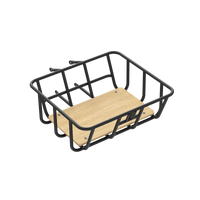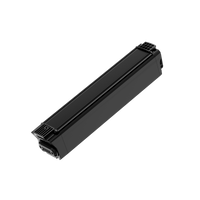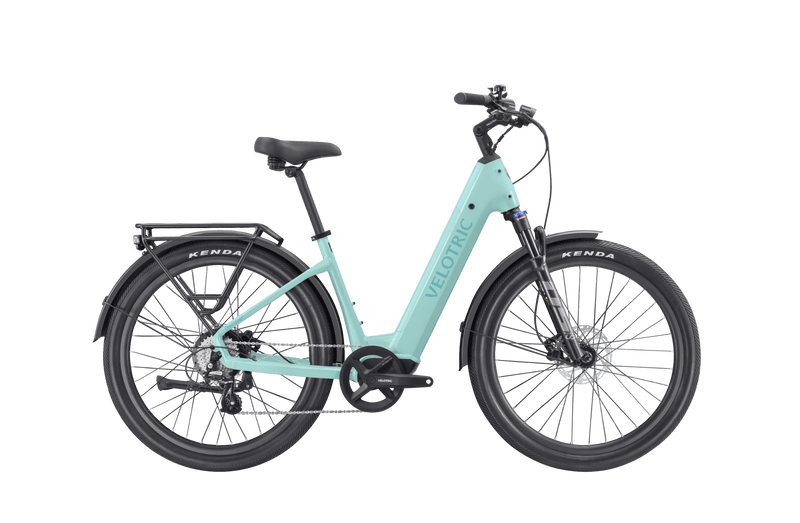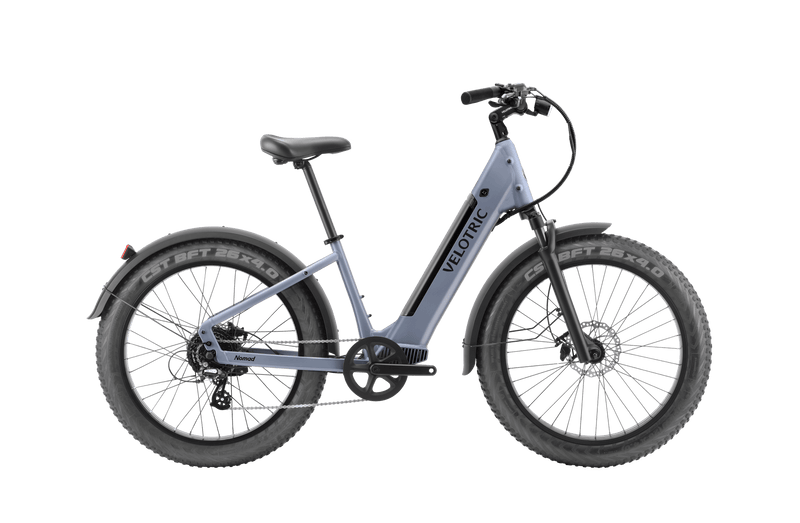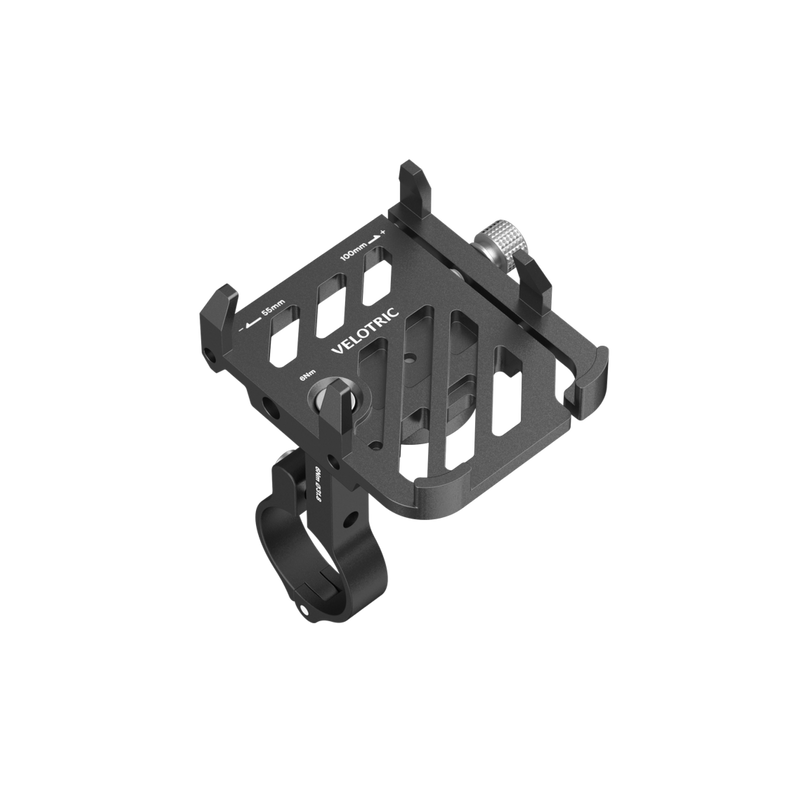An e-bike display is a device mounted on the handlebars of an electric bike that provides the rider with important information about their ride and the bike's performance. These displays come in various forms, including LED, LCD, and TFT screens, each offering different levels of information and functionality.
This blog will cover essentials you should know about electric bike displays

What Can an E-bike Display Tell You?
An e-bike display can provide a wealth of information to help you get the most out of your ride. Here are some common metrics you can expect to see:
1. Speed
- Current Speed: This shows how fast you are traveling at any given moment. It helps you maintain a consistent pace, especially useful for commuting or timed rides.
- Average Speed: This metric provides an overview of your typical speed over the course of your ride. It's useful for tracking your performance and comparing it across different rides.
- Maximum Speed: Displays the highest speed achieved during your ride. This can be motivating for those aiming to break personal speed records or understand the bike's performance limits.
2. Battery Level
Knowing how much battery you have left is crucial for planning your ride and ensuring you don't run out of power unexpectedly. The display often shows the battery level as a percentage or via a bar indicator, helping you estimate how much farther you can travel before needing to recharge.
3. Distance Traveled
- Trip Distance: Displays the total distance traveled on your current ride. This is useful for gauging how far you've gone on a single trip, whether for exercise, commuting, or recreational purposes.
- Odometer: This shows the cumulative distance traveled over the life of the bike. It's helpful for tracking overall usage and scheduling maintenance.
4. Pedal Assist Level
Many e-bikes offer different levels of pedal assistance. The display shows which level you are currently using, allowing you to adjust for more or less assistance as needed. This feature is especially useful for managing your effort levels on varying terrain or when you want to conserve battery power.
5. Trip Time
This metric tells you how long you have been riding. It's useful for tracking exercise duration, planning your commute time, and ensuring you stay within a planned schedule. Some displays also allow you to set a timer or alert for a specific ride duration.
6. Carbon Footprint
A more advanced feature found on some e-bike displays is the carbon footprint calculator. This feature estimates the amount of carbon dioxide emissions you've saved by using your e-bike instead of a car. It's a great way to stay motivated by seeing the environmental impact of your rides.
What Can You Do With an E-bike Display?
An e-bike display isn't just about showing information; it also offers control over various aspects of your e-bike. Here's what you can do with a good display:
- Adjust Pedal Assist Levels: Easily switch between different levels of assistance to match your riding conditions and energy levels.
- Control Lights: Some e-bikes have integrated lights that can be controlled via the display, making it easy to turn them on or off as needed.
- Monitor Battery Usage: By keeping an eye on the battery level and power output, you can manage your battery usage more effectively, ensuring you have enough power for your entire ride.
- Set Riding Modes: Some displays allow you to set different riding modes, such as eco, sport, or turbo, each providing different levels of assistance and battery consumption.

LED vs. LCD vs. TFT E-bike Display: How to Choose
When it comes to choosing an e-bike display, you'll likely come across three main types: LED, LCD, and TFT:
|
E-bike Display Type |
Pros |
Cons |
|
LED Displays |
Basic and affordable Simple and durable Clear visibility Robust construction |
Limited information (speed, battery level) Lacks detailed data (average speed, trip distance, power output) |
|
LCD Displays |
Higher level of detail Shows multiple metrics (speed, distance, battery level, pedal assist level, trip time) Easier to read in various lighting conditions (backlit) |
More expensive Less durable in extreme weather Increased complexity requires careful handling |
|
TFT Displays |
Most advanced High-resolution color screens Can display complex data (navigation maps, real-time power output, smartphone connectivity) User-friendly interfaces and customizable options |
Most expensive Prone to damage from falls or impacts Higher power consumption, potentially reducing battery life |
Below is a detailed analysis of the three common electric bike displays:
Pros of LED Displays
LED displays are the most basic and affordable option available. They are known for their simplicity and durability, making them a good choice for riders who prefer a minimalistic setup. LED displays typically feature a straightforward design with clear visibility, which makes them easy to read at a glance. Additionally, their robust construction means they can withstand harsh conditions, including rain and dust.
Cons of LED Displays
The simplicity of LED displays comes with limitations. They generally provide only basic information such as speed and battery level. This lack of detailed data can be a significant downside for riders who want comprehensive information about their ride. For instance, if you need insights into your average speed, trip distance, or power output, an LED display may not meet your needs.
Benefits of LCD Displays
LCD displays offer a higher level of detail compared to LED displays. They can show a range of metrics, including speed, distance, battery level, pedal assist level, and trip time. LCD screens are generally easier to read in various lighting conditions, including direct sunlight, thanks to their backlit technology. This makes them suitable for riders who need more information and flexibility during their rides.
Drawbacks of LCD Displays
While LCD displays are more informative, they come with a higher price tag. They can also be less durable in extreme weather conditions compared to LED displays. For example, prolonged exposure to heavy rain or extreme temperatures might affect the screen's performance over time. Additionally, the increased complexity of LCD displays means they may require more careful handling and maintenance.
Advantages of TFT Displays
TFT (Thin-Film Transistor) displays are the most advanced option, providing high-resolution color screens with a wealth of information. These displays can show complex data such as detailed navigation maps, real-time power output, and even smartphone connectivity features. TFT screens are generally more user-friendly, offering intuitive interfaces and customizable display options that can enhance the riding experience significantly.
Disadvantages of TFT Displays
The primary drawback of TFT displays is their cost. They are the most expensive type of electric bike display and can be a significant investment. Additionally, their complex technology makes them more prone to damage. For instance, a fall or a hard impact might crack the screen, leading to costly repairs. Furthermore, TFT displays can consume more power, potentially reducing your e-bike's battery life.
If you prefer simplicity and durability and don't need detailed ride metrics, an LED display might be the best choice for you. For riders who need more comprehensive information and ride in varying light conditions, an LCD display offers a good balance between functionality and cost. However, if you want the latest technology and advanced features, and are willing to invest in it, a TFT display will provide the richest experience.
Built-In Display vs. Aftermarket E-bike Display: Which is Better?
When buying an e-bike, consider whether you want a built-in display or an aftermarket option. Built-in displays are designed specifically for your e-bike, ensuring seamless integration and compatibility. They come pre-installed, saving you the hassle of installation and typically come with a warranty and manufacturer support. However, they may offer limited customization and upgrade options, and e-bikes with high-quality built-in displays can be more expensive.

On the other hand, aftermarket displays offer a wide range of choices, allowing you to select a display that fits your specific needs. They provide greater flexibility and upgradability, letting you keep up with the latest technology. However, they can present compatibility issues with your bike's system, require more complex installation, and might void your e-bike's warranty. The choice depends on whether you prioritize convenience and integration or customization and upgradability.























